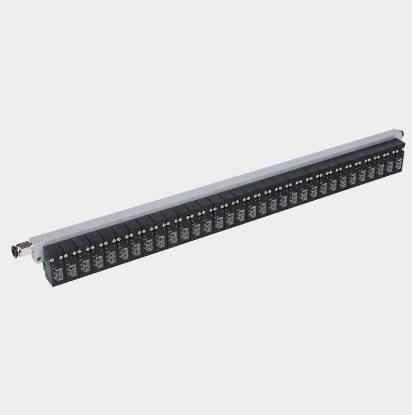
Under what conditions do Low power consumption combination valve show the peak energy efficiency?
Stable power supply: Low power consumption combination valve can operate more stably under low voltage fluctuations because their internal electronic components and control systems have high requirements for voltage stability. A stable power supply environment not only ensures that the valve can continue to work in the preset low-power mode, but also reduces the additional energy loss caused by voltage fluctuations. This stability is crucial to improving energy efficiency because it avoids unnecessary energy conversion and loss.
Moderate working pressure: Low power consumption combination valve are designed with their working pressure range in mind to ensure peak energy efficiency when working within this range. Too high or too low pressure may increase its energy consumption during operation. Under moderate working pressure, the valve can respond and execute instructions more efficiently, thereby reducing energy consumption. At the same time, this also helps to extend the service life of the valve and reduce maintenance costs.
Optimized flow control: Low power consumption combination valve are often used in conjunction with precise flow control systems to achieve precise regulation of flow. This optimization can accurately control the opening of the valve according to actual needs, thereby avoiding unnecessary energy waste. For example, when a small flow rate is required, the valve can fine-tune the opening to match the demand instead of fully opening it to cause excessive energy consumption. This precise flow control not only improves energy efficiency, but also enhances the flexibility and response speed of the system.
Good working environment: For Low power consumption combination valve with pilot structures, the quality of the air source environment has an important impact on their operating efficiency. Working under conditions of good air source environment, no dust or pollutants, can avoid problems such as clogging of pilot air holes and wear of internal components. This not only reduces maintenance requirements, but also improves the operating stability and energy efficiency of the valve. In addition, keeping the working environment clean can also reduce the risk of dust interference and damage to the valve electronic components.
Intelligent control system: When Low power consumption combination valve are used in combination with intelligent control systems, real-time adjustment and optimization of the valve state can be achieved. For example, the voltage regulation method using a multi-layer denoising neural network can realize intelligent control of voltage, dynamically adjusting the voltage level according to system requirements to match the working requirements of the valve. This intelligent control can ensure that the valve always operates in the ideal energy efficiency state and automatically adjusts the valve parameters according to changes in system load and demand. This intelligent and automated feature can not only improve energy efficiency, but also reduce human operating errors and reduce maintenance costs.
Suitable installation location: The installation location of the low-power combination valve also has an important impact on its operating efficiency and energy efficiency. Installing it in a location that is easy to maintain, well ventilated and has a suitable temperature can ensure that the valve operates in the ideal condition. Good ventilation can avoid the impact of overheating and humidity on the valve; suitable temperature can ensure the normal operation of the electronic components and control system inside the valve. In addition, the appropriate installation location can also help reduce the risk of damage to the valve by vibration and impact. These factors all help to improve the operating stability and energy efficiency of the valve.
Regular maintenance: Regular maintenance of Low power consumption combination valve is one of the key measures to ensure its normal operation and improve energy efficiency. Maintenance work includes cleaning, tightening bolts, checking seals, etc., which can ensure the integrity and normal operation of the internal components of the valve. By regularly checking and replacing worn parts, energy waste and downtime caused by failures can be avoided. In addition, maintenance can extend the service life of the valve and reduce maintenance costs.
In summary, Low power consumption combination valve can show the ideal energy efficiency under the conditions of stable power supply, moderate working pressure, optimized flow control, good working environment, intelligent control system, suitable installation location and regular maintenance.

 English
English 简体中文
简体中文



